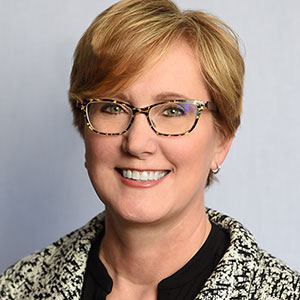Planning for Maximum Charitable Impact
Giving. It is intensely personal.
Community service is a terrifically important part of our value system. Through the years, we have found that community service has led to deeper conversations with clients, especially those seeking how they may be able to give financially, and then how such giving fits into their financial plans. So how does one “do giving” so that it achieves maximum impact?
- Start with Yes or No. Giving isn’t a “must-do” or “must-have” in a financial plan. For many, being philanthropic is intrinsic, natural and often part of their foundational philosophy; for others, it’s not. Neither is right or wrong. Decide on whether it’s important to you—and how important. If yes, the next step is to discovery.
- Explore Personal Interests & Activities. Discovering how to give, what to give and to whom can be the most rewarding—and challenging—aspects of the philanthropic journey. Exploration involves these steps:
- Review the past charitable behavior of your family.
- Create a written document that outlines your 2015 giving practices, which include all types of giving, i.e., your time and/or talent, and financial resources.
- Match these observations with your own priorities and interests, and see how they compare. If they don’t align, review your giving priorities and practices.
- Build Your Giving Vision. With a vision comes clearer focus on what giving really means to you – and how it can be most impactful. Once the vision is defined, you have identified a clearer roadmap for your giving approach.
- Build Your Giving Approach. Now you can establish the giving goals that fit your interests, commitments, budget and overall financial plan. Note that giving a larger gift to a single organization may suggest using appreciated assets instead of cash, or perhaps a donor-advised fund. There are many wealth management strategies that can be evaluated.
Giving in America
American individuals, families and corporations are the most generous in the world.
- The average annual household contribution is $2,974.
- Americans gave $358.38 billion in 2014.
- By the year 2055, some $41 trillion will change hands as Americans pass on their accumulated assets to the next generation.5
- 98.4% of high net worth households give to charity and 63% of high net worth donors cite “giving back to the community” as a chief motivation for giving.
- Last year, the greatest percentage of high net worth households gave to educational (85%) and basic needs (81%) organizations, followed by 70% to the arts, 67% to health related organizations, and 67% to religious organizations.
Source: National Philanthropic Trust
This process for giving, ultimately, is much like planning for retirement or college funding. It is best performed through personal reflection and professional analysis.
Ultimately, we believe you will experience what so many of us at Carter Financial Management have: that giving—be it time, talent or treasure—will yield intangible returns for a lifetime. For all involved.



 Linkedin
Linkedin Facebook
Facebook Twitter
Twitter Youtube
Youtube


